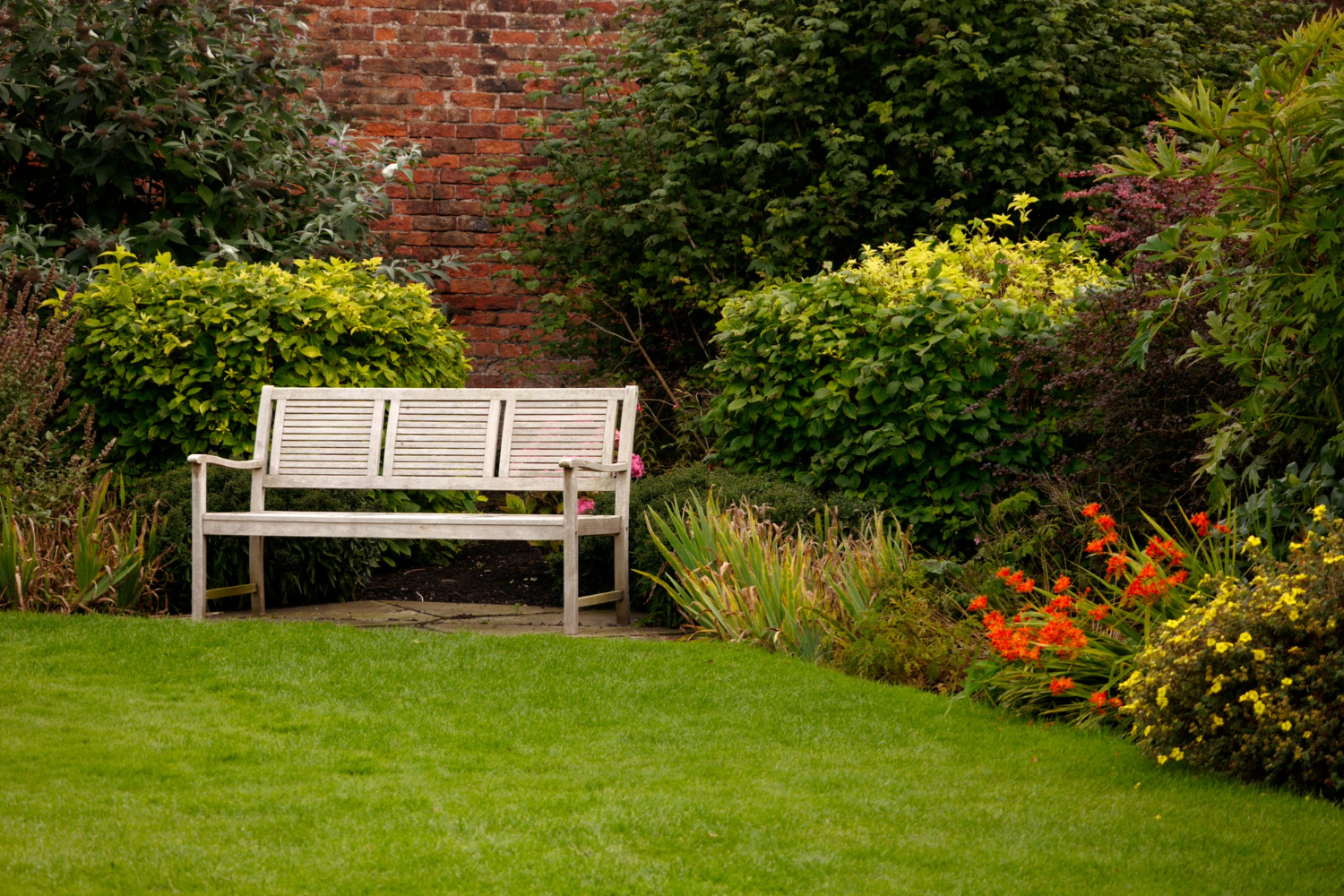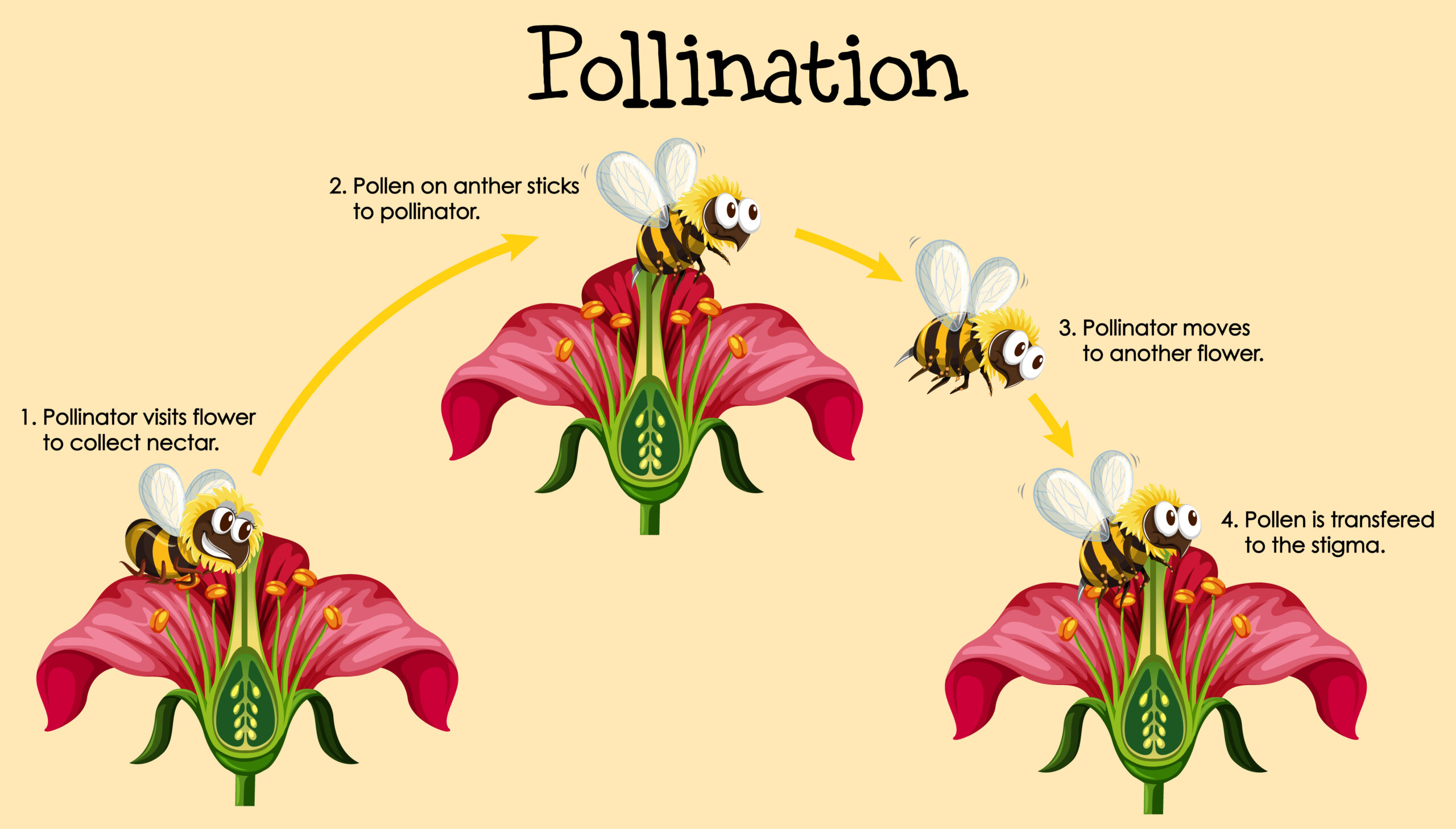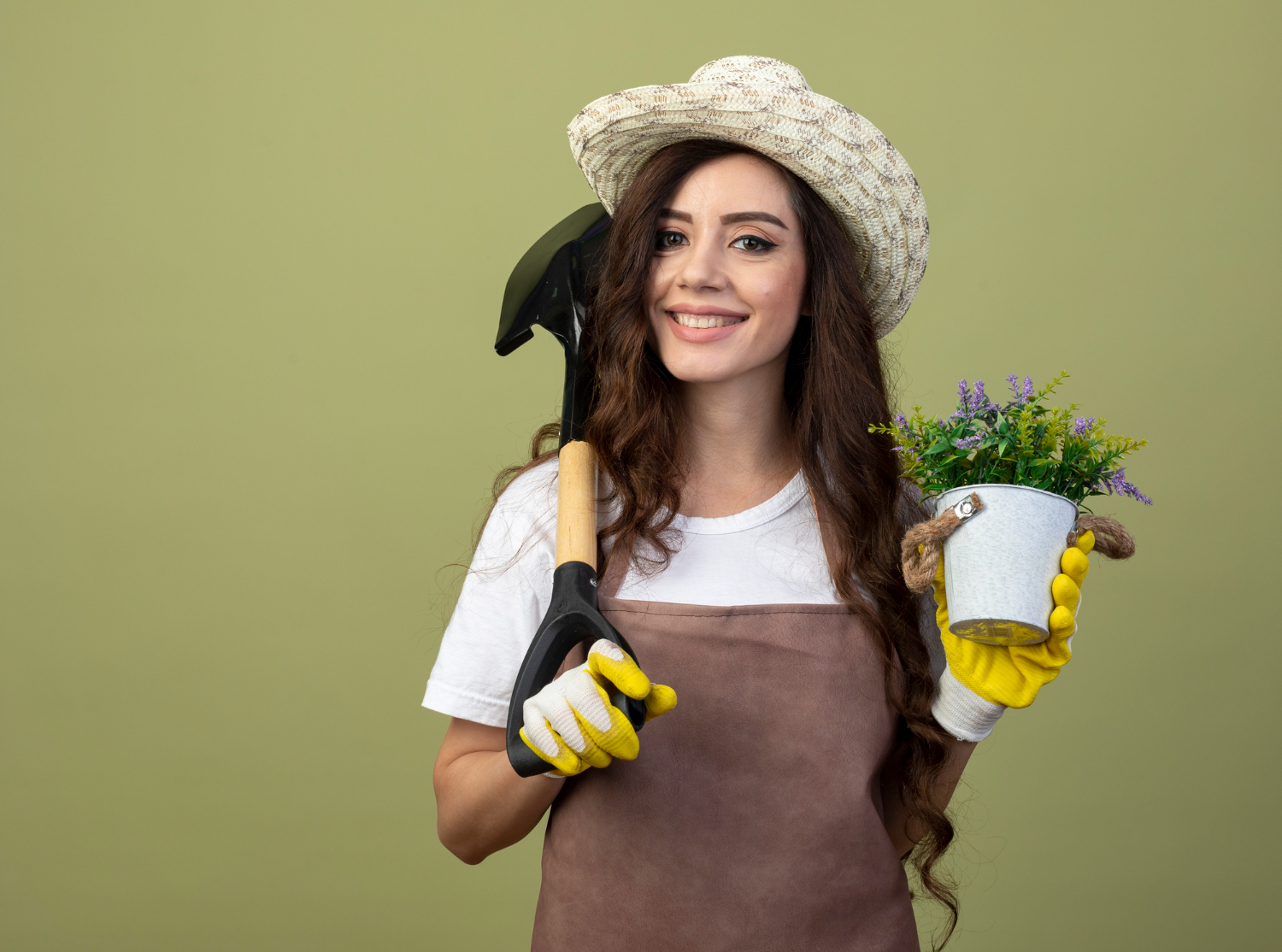Are you tired of buying expensive herbs at the grocery store? Maybe you want to add some fresh, flavorful ingredients to your cooking without breaking the bank. Whatever your reason, growing your own herb garden at home is a great way to enjoy fresh and flavorful herbs all year round.
But where do you start?
This article will guide you through the process of choosing the right location for your herb garden, selecting the best herbs to grow, preparing your soil or containers, caring for your herb garden, and finally, harvesting and using your fresh herbs.
By the end of this article, you’ll be equipped with the knowledge and skills to start your own herb garden and enjoy delicious, homegrown herbs in no time.
Let’s get started!
Choosing the Right Location for Your Herb Garden
You’ll want to find a spot that gets plenty of sunlight and is free from any obstructions, like overhanging trees or nearby structures, so your herbs can thrive. The amount of sunlight your herbs need will depend on the type of herb you’re growing.
Some herbs, like basil and thyme, prefer full sun, while others, like cilantro and parsley, prefer partial shade. Make sure to research the sunlight needs of the herbs you plan on growing before choosing a location for your herb garden.
Another factor to consider when choosing the right location for your herb garden is whether you want to grow your herbs indoors or outdoors. If you live in an apartment or have limited outdoor space, growing your herbs indoors is a great option.
Indoor herb gardens can be grown on windowsills, in pots, or in hydroponic systems. If you have more space and want to grow a larger variety of herbs, an outdoor herb garden may be the way to go. Just remember to choose a spot that gets plenty of sunlight and has good drainage.
Selecting the Best Herbs to Grow
When selecting which herbs to cultivate, it’s important to consider factors such as the climate of your region and the frequency of use in your culinary repertoire.
Some of the most common culinary herbs include basil, thyme, rosemary, oregano, parsley, sage, and cilantro. These herbs are versatile in their uses and can be added to a variety of dishes to enhance their flavor and aroma.
In addition to their culinary uses, herb garden benefits include their medicinal properties. For example, mint is known for its ability to soothe an upset stomach, while chamomile can help promote relaxation and reduce anxiety. Lavender is also a popular herb known for its calming properties.
When selecting herbs to grow in your garden, consider both their culinary uses and their potential health benefits. With a little research and experimentation, you can create a thriving herb garden that will enhance both your cooking and your well-being.
Preparing Your Soil or Containers
Get started on preparing the perfect soil or containers for your herb plants by following these simple steps.
If you plan on growing herbs in the ground, you’ll need to start by choosing a location with good drainage and plenty of sunlight. Once you’ve found the perfect spot, it’s time to prepare the soil. Test the soil pH level to determine if it’s too acidic or alkaline. Herbs prefer a pH level between 6.0 and 7.0. If the soil is too acidic, add lime to raise the pH level. If the soil is too alkaline, add sulfur to lower the pH level. Mix in compost or organic matter to improve soil structure and provide nutrients for your herbs.
Once the soil is prepped, you’re ready to plant your herb seeds or seedlings.
If you’re growing herbs in containers, start by choosing the right potting mix. Avoid using regular garden soil, which can become compacted in containers and inhibit proper drainage. Instead, choose a potting mix specifically formulated for containers, which will provide the right balance of nutrients, drainage, and aeration.
When selecting containers, choose ones with drainage holes to prevent water from pooling and causing root rot. Consider the size of your herb plants when choosing containers. Smaller herbs like thyme and basil can do well in smaller pots, while larger herbs like rosemary and sage will need larger containers.
Lastly, fill your containers with potting mix and plant your herb seeds or seedlings according to package instructions. Remember to keep your containers well-watered and in a location with plenty of sunlight.
Caring for Your Herb Garden
Now that your herbs are planted, it’s time to nurture them and watch them thrive, giving you a sense of pride and accomplishment as you care for them like a loving parent.
One of the most important aspects of caring for your herb garden is pest control. Keep a watchful eye on your plants and check for any signs of pests. If you do notice any pests, such as aphids or spider mites, there are organic and chemical solutions available to help combat them. Be sure to research the best options for your specific herbs and follow the instructions carefully.
Another crucial aspect of caring for your herb garden is proper watering techniques. Overwatering can cause root rot and kill your plants, while underwatering can lead to wilting and stunted growth. It’s important to find the right balance and water your herbs consistently, but not excessively.
A good rule of thumb is to water your herbs when the top inch of soil is dry to the touch. You can also use a moisture meter to help determine when your plants need watering. Remember to water at the base of the plants, avoiding getting the leaves wet, as this can lead to fungal diseases.
With proper pest control and watering, your herb garden will thrive and provide you with fresh, flavorful herbs all season long.
Harvesting and Using Your Fresh Herbs
You’ll be amazed at the mouth-watering flavors and aromas that will fill your kitchen as you harvest and use your fresh herbs.
Once your herbs have grown to a suitable size, it’s time to start harvesting. The best time to harvest is in the morning after the dew has dried but before the sun has fully risen. This is when the oils in the herbs are at their strongest.
When harvesting, use sharp scissors or pruning shears to take off the top one-third of the plant. This will encourage new growth and keep your plants healthy.
After harvesting, there are several ways to preserve your herbs. You can dry them by tying them together and hanging them upside-down in a well-ventilated area. Once they are dry, you can store them in an airtight container.
Another way to preserve your herbs is by making herb-infused oils. Simply put your herbs in a jar and cover them with oil. Let the mixture sit for a few weeks, then strain out the herbs. The resulting oil can be used in cooking or as a massage oil.
Conclusion
Congratulations! You’re now on your way to becoming a successful herb gardener.
Remember, the location of your garden is crucial to its success. Be sure to choose a spot with ample sunlight and good drainage.
Selecting the right herbs for your garden is also important, so choose ones that are suitable for your region and your personal preferences.
Preparing your soil or containers is another key step in the process. Make sure to use high-quality soil and fertilizer, or choose suitable containers if you’re growing your herbs indoors.
Caring for your garden requires regular watering and pruning, as well as keeping an eye out for pests or diseases.
Did you know that growing your own herbs can not only save you money, but also contribute to a more sustainable lifestyle?
According to a study by the National Gardening Association, an average household can save up to $500 a year by growing their own herbs and vegetables.
Plus, you’ll have the satisfaction of knowing exactly where your food is coming from and how it was grown.
So get out there and start growing your own herb garden today!









